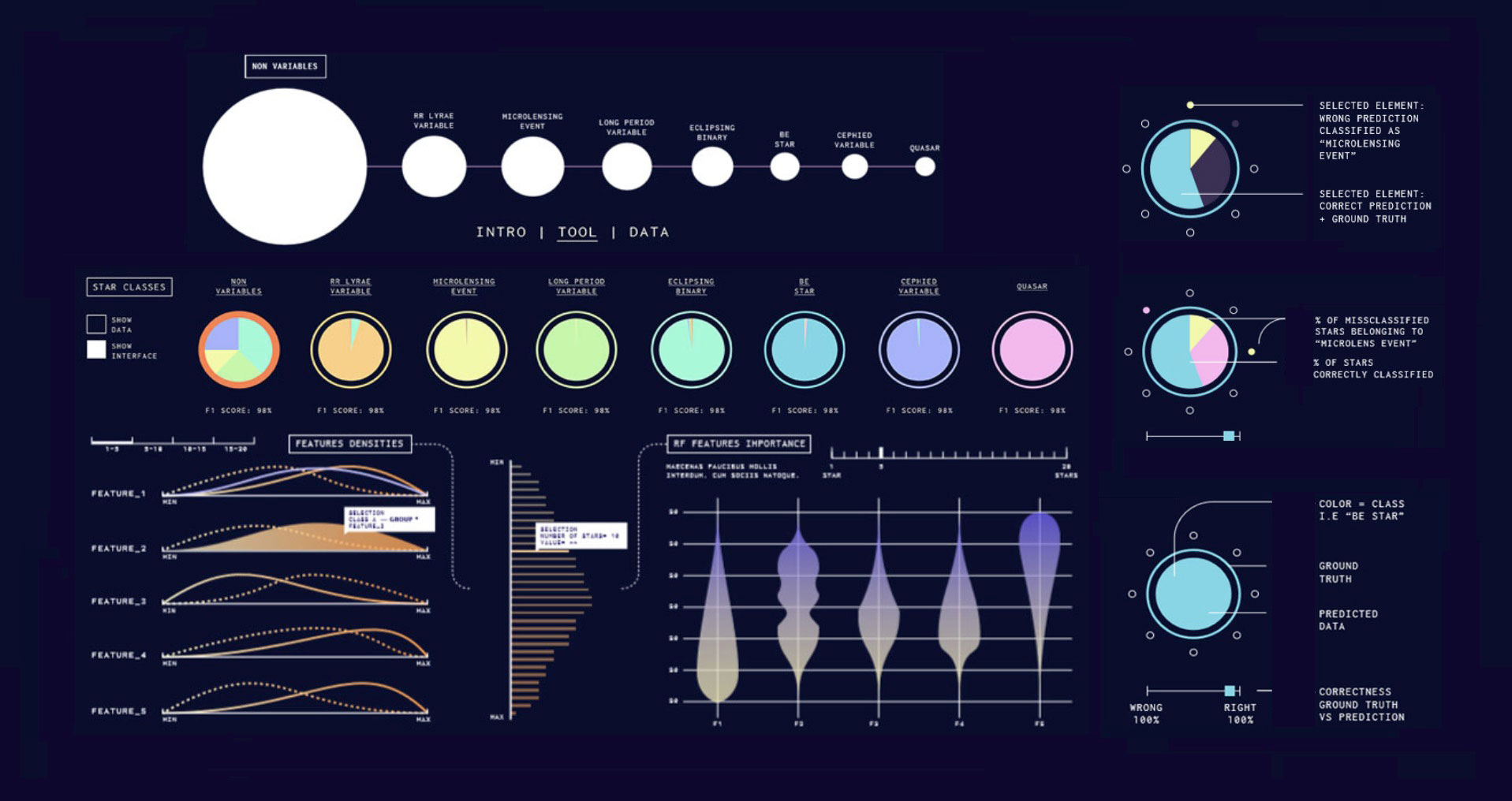
RelVIS
Visualization for Appropriate Reliance
The effect of trust in automation is a significant factor for successful human-machine interaction. However, it is difficult to evaluate trust as an abstract concept. One of the ways in which this human behavior could be measured is through the concept of reliance. The aim of this project was to investigate the level of reliance of human users on automation in human-machine interactions. The proposed is a principled method to quantify reliance in such interactions, as well as to model and optimize reliance as a function through parameters of visualization design.
The framework is a closed-loop process: (1) collection of empirical data on the impact of visual parameters on reliance, (2) building machine learning models relating reliance levels to visual parameter, (3) data driven and model optimized design decisions, (4) empirical evaluation of design in experimentation. This project shows experimental data demonstrating the process to optimize reliance using visualization in both synthetic and real use-cases. The authors argue that the successive and productive interplay between machine learning and design/visualization components creates a space for a new visual patterns that can potentially improve the effectiveness of human-machine pairings. This project has been developed in collaboration between Harvard IACS (Weiwei Pan, Pavlos Protopapas, and Zona Kostic) and Politecnico di Milano (Giulia Zerbini and Paolo Ciuccarelli).
- Trust in ML
- Information Design
- Information Visualization
- Data Science